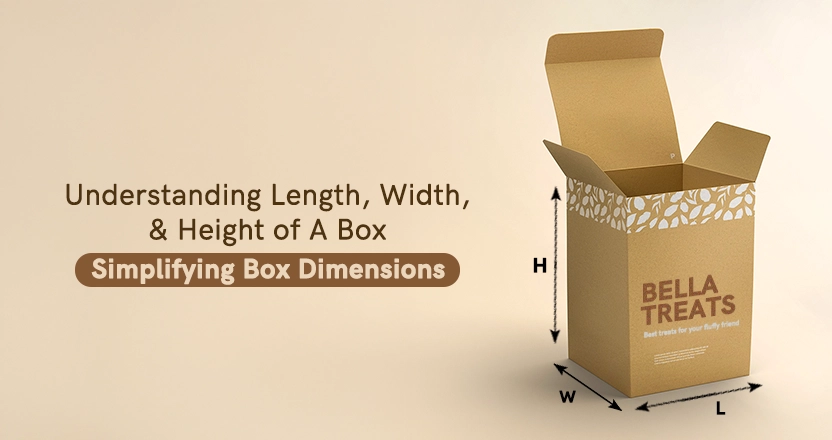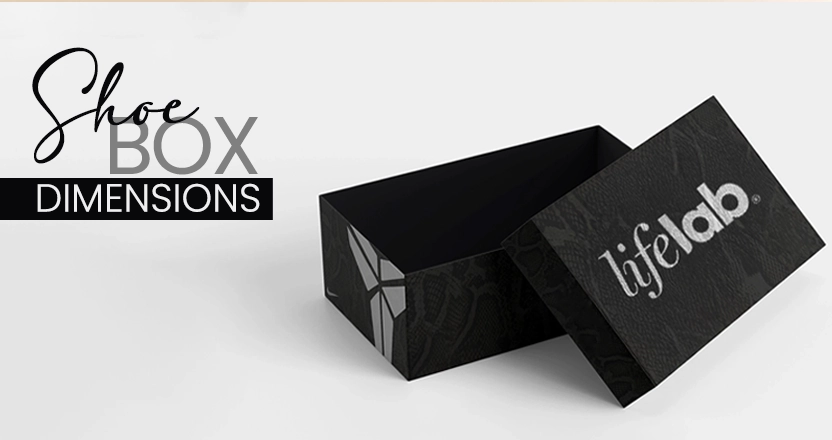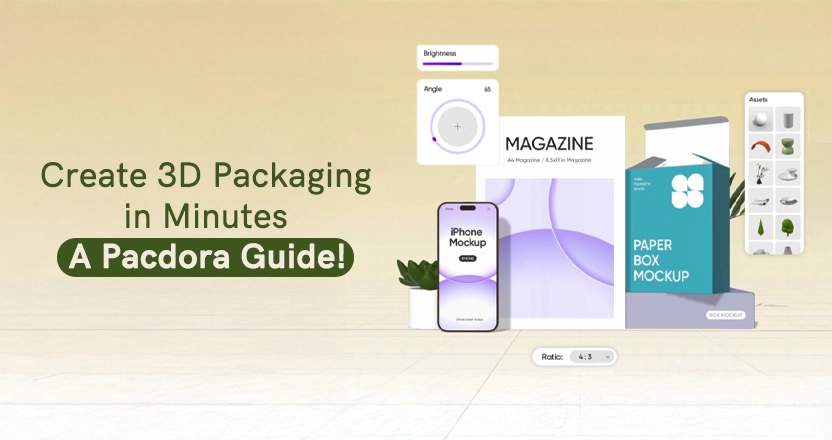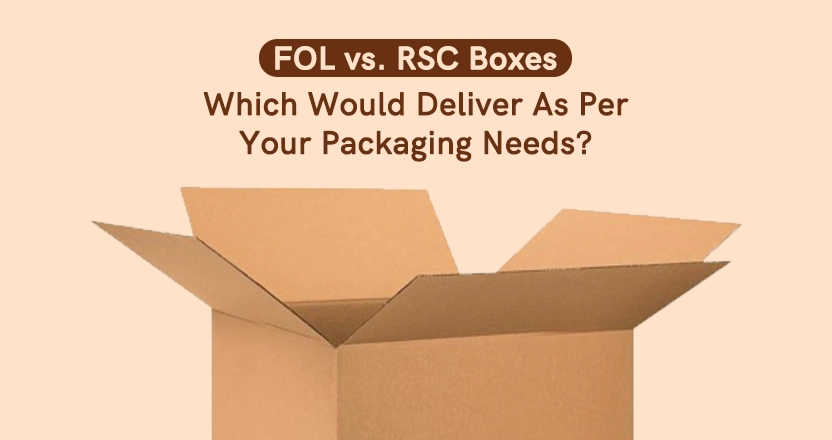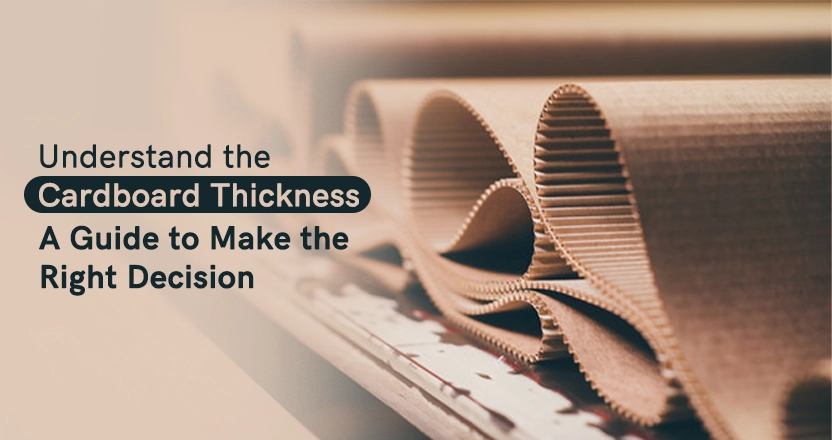Have you ever stared at a box, completely unsure if it’s the right size for your needs? You might measure your item, but figuring out which side is the length, width, or height can be confusing. Moreover, misjudging box dimensions can lead to wasted time, money, and frustration. A box that’s too small won’t hold your item, and one that’s too large can cost extra on shipping or leave you with a lot of empty space.
To ensure you’re paying the right amount for shipping, it’s important to know the exact dimensions of the box you’re sending your item. Further reading will equip you with what each measurement (length, width, height) refers to and provide tips to ensure you choose the perfect size box every time.
Why Do Box Dimensions Are Crucial?
Knowing why the dimensions exist in the first place is important so you have better clarity. Understanding box dimensions is fundamental for various situations, even if you’re:
- Shipping an item: Accurate dimensions ensure the box is the right size for your belongings, saving you money on unnecessary packaging and preventing damage during transit.
- Storing items: Knowing the dimensions of your boxes helps you maximize storage space and find the perfect fit for your shipment.
- Buying boxes: Specifying the dimensions guarantees you get boxes that are neither too big (wasting space) nor too small (potentially damaging fragile contents).
Introduction to the Concept of Length, Width, and Height
There can be some confusion around terms like “depth” and “height.” Here’s how to decipher box measurements with confidence:
Length
Imagine the box laid flat, opening facing up. The length is the longest side you see (often the side with flaps).
Width
Still looking at the box from above, the width is the shorter side opposite the length (also often with flaps).
Height (or Depth)
This is the vertical dimension, the distance from the box’s bottom to its opening. It’s perpendicular to both the length and width (usually the side that stands upright).
How to Measure the Dimensions of the Box?
Now, you are ready to measure the dimensions of your shipping packaging. Let’s move together to find it.
Step 1:
Measure the longest side of the package that has a flap to find the length.
Hold a ruler or tape measure up to the edge and read the length of the box from one end to the other. Round your measurement to the nearest 1 in (2.5 cm) or 1⁄2 in (1.3 cm).
- List the measurements on a piece of paper so you can refer to them when needed.
- Many shipping services only handle packages up to a certain size, which is typically noted in whole inches or centimeters.
- The actual length of your package might vary by 1⁄8 in (0.32 cm).
Step 2:
Measure the other side with a flap to find the width.
The width is the distance from one “wall” of the shortest side of the box to the opposite wall. Stretch your ruler or tape across the package from edge to edge, then round to the nearest 1 in (2.5 cm) or 1⁄2 in (1.3 cm).
- The actual width of your package might vary by 0.32 cm.
Step 3:
Measure the side of the box that you don’t close up for the height.
Measure the standing side of the box without a flap attached to one side to record the height. Round the box’s height dimension to the closest 1 in (2.5 cm) or 1⁄2 in (1.3 cm).
- The actual height of your package might vary by 1⁄8 in (0.32 cm).
Tip: If your package has an irregular shape, measure it the same way you would as if it were in a rectangular box, taking the length, width, and height from each of the box’s extreme points.
When communicating box dimensions, there’s a standard format everyone understands: Length x Width x Height (L x W x H). This order ensures clear communication and avoids confusion. For example, if your box measures 12 inches long, 8 inches wide, and 5 inches tall, you would express this as 12″ x 8″ x 5″.
Inner vs. Outer Dimensions: Knowing the Difference
There are two ways to measure a box:
- Inner Dimensions: This refers to the usable space inside the box. This measurement is crucial when determining if your belongings will fit comfortably.
- Outer Dimensions: This represents the total size of the box, including the walls and thickness. This measurement is important for shipping purposes, as it determines the space the box occupies and potential shipping costs.
Common Mistakes to Avoid
- Remember, the flaps are not part of the usable space or the total size. You better exclude them from your measurements.
- Sticking to one unit of measurement (inches, centimeters) avoids confusion and ensures everyone is on the same page.
- Don’t rely on a single measurement. Take your time and measure twice to ensure accuracy.
Next Recommended Step:
As for this blog, you learned the L x W x H standard format and how to calculate it. This information will help you to move to the next step of finding the size of your packaging. Calculating the volume, dimensional weight, girth, and total size of the package is the next step, as these will help you find the actual shipping cost when shipping with services like FedEx, UPS, freight, or USPS.
Understanding box dimensions is a valuable skill for anyone who ships, stores, or buys boxes. Grasping the difference between length, width, and height (and the industry standard format of L x W x H) will ensure clear communication and prevent confusion. Being able to measure a box accurately with a ruler or measuring tape (remember to exclude flaps!) is a simple skill that can save you money and frustration.
Finding the perfect shipping box shouldn’t be stressful. Whether you need standard UPS flat-rate sizes or something completely custom, Custom Packaging Lane can help. Our packaging solution ensures you get what you were promised. So, hop on a call with our experts now to consult about your packaging needs.







